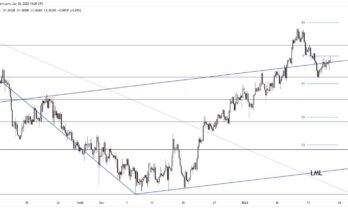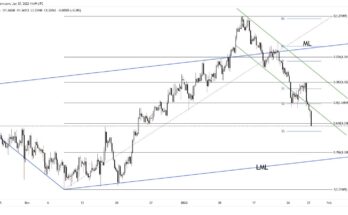The remarkable thing about yesterday and also this week is just how little the single currency has reacted to a 4% correction in European stocks (Eurostoxx 50 index) over the past 5 sessions. The single currency is unchanged over this period and has held within a 60 pip range. Yesterday, there were echoes of days gone by, with concerns over the stability of the Portuguese Bank Espirito Santo. Trading in their shares was suspended after a 17% decline. Still, given the pervasive low levels of volatility in many asset classes, this is perhaps the reminder than is needed to illustrate that risk still exists in many different forms. Bond yields were higher, with the Italian 10Y now at 5 week highs just below 3%. An orderly correction in these markets should largely be welcomed, together with a reconsideration of risk across all markets.
At least in equities, there is a seasonal pattern over the past 5 years towards greater volatility during the latter half of July and August (VIX). This is less so for FX, although 2011 stands as the main exception to this. Ultimately, what is going to bring back volatility to FX will be changes in monetary policy and better still, changes in interest rates. We’ve seen the expectation of a move this year increase for the UK and also the debate surrounding the first hike in the US continue to become more vocal.
For today, eyes will remain on developments in Portugal and further potential comments from officials. On the majors, the CAD stands out, USDCAD just above the lows of the year at 1.0621, with labour market data released today. Stronger numbers could well push USDCAD through this level, but the momentum of recent weeks suggests that such a move could struggle to be sustained.
Further reading:
EUR/USD July 11 – Remains on low ground as fears float
Long-Term Trend Line In Play For USDJPY



